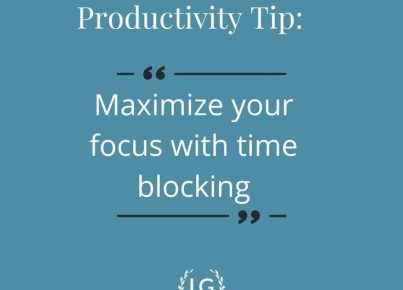When the Great Recession started in 2007 and continued throughout 2008, many people were affected. Unemployment rates skyrocketed and many people could not pay for the daily items that they needed. However, new research shows that one of the biggest areas of that was impacted was higher education. Many families could not pay for the application costs of college, and beyond that, the tuition costs. This led to many students being unable to afford to get a college degree.
The costs were too high
At the time when the housing market collapsed and stocks declined, many families had to make some hard choices. This was especially true for many Black families that were impacted hard with unemployment and rising rent rates. In addition to what all families in America were experiencing, the state governments lowered their higher education funding. Due to this slashed funding, many colleges raised their tuition rates, making an already unaffordable education even more unrealistic for Black families. Only the elite upper middle class and upper class could afford college educations during the Great Recession.
Black families struggled to send their children off to college, and the Great Recession made it worse. However, the rates of enrollment for Black students never recovered. Even more than a decade later, there still remains lower rates of Black students in colleges across America.
The largest decline
The Great Recession caused increases for higher education in some races. Research shows that when a crisis like this happens, many races will enroll in higher education for better marketability of their skills. However, the same is not true with Black individuals. In fact, schools saw a decline in the number of students enrolled.
The biggest decline in enrollment was Black women. There are 80,000 less Black women receiving a college education today than there was before the Great Recession happened. This is especially unfortunate because Black men and women are the least likely to finish their degrees. At just 38% of Black students completing their programs, the race gap won’t be closed. Historically, there have been more Black women than men who are enrolled in a college education. The job market needs Black women, but the Great Recession pushed this minority out, which only furthers the race gap in post-graduate careers.
Work needs to be done
With rates of minority students still lower than they were before the Great Recession at more than a decade later, there is work that needs to be done. Educators need to push to get minority populations, especially Black women, applying for a college education. Resources and support need to be in place at all schools so that these race gaps can be closed. As the economy still recovers from the Great Recession, it’s important to keep in mind the cost of higher education. Additional scholarships should be offered to hard-working minority students to complete their degrees. Lack of funding has traditionally been a problem, but an increase in scholarships and support for applications could finally close the gap that the Great Recession put in place.



